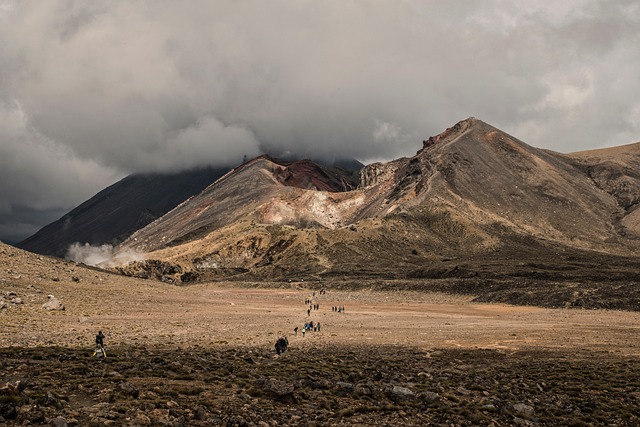
Yellowstone Volcano
Introduction to Yellowstone Volcano
Yellowstone National Park is not only famous for its stunning landscapes and diverse wildlife but also for being home to one of the most significant volcanic systems in the world. The Yellowstone Volcano, situated primarily in Wyoming, is part of a massive caldera formed by a series of explosive eruptions over the past 2.1 million years. This article delves into the geology, activity, and safety surrounding this fascinating natural wonder.
Understanding the Geology
The Yellowstone Caldera is a large volcanic crater that measures about 30 miles (48 km) across. It was formed during three major volcanic eruptions, with the most recent occurring approximately 640,000 years ago. The geology of the area is complex, featuring hot springs, geysers, and fumaroles, which are all signs of the underlying volcanic activity. The magma chamber beneath the surface is much larger than previously thought, which has led scientists to continuously study its behavior. 🏞️
Current Activity and Monitoring
Many people wonder about the potential for future eruptions. According to the United States Geological Survey (USGS) and the Yellowstone Volcano Observatory, there is no evidence to suggest that a cataclysmic eruption is imminent. In fact, the uplift of the caldera has slowed significantly in recent years, indicating a stable volcanic system. Scientists are committed to monitoring the area closely, using advanced technology to track any changes in seismic activity and ground deformation.
Safety and Preparedness
While the risk of a major eruption is low, it's essential for visitors to be aware of the safety measures in place when exploring Yellowstone. The park is equipped with numerous resources to educate visitors about volcanic hazards, including informational signs and visitor centers. It's always wise to stay on marked trails and follow park regulations to ensure a safe experience. 🌲
Visitor Attractions Related to the Volcano
Yellowstone offers a variety of attractions that showcase its volcanic features. Here are a few highlights:
- Old Faithful Geyser: One of the most famous geysers in the world, Old Faithful erupts approximately every 90 minutes, providing a spectacular display for visitors.
- Grand Prismatic Spring: Known for its vibrant colors, this hot spring is the largest in the United States and a must-see for any visitor.
- Yellowstone Lake: This large lake is situated atop the caldera and offers stunning views, fishing, and boating opportunities.
- Mammoth Hot Springs: This area features unique terraces formed by mineral deposits from hot springs, creating a surreal landscape.
Conclusion
Yellowstone Volcano is a remarkable natural feature that continues to intrigue scientists and visitors alike. With ongoing monitoring and research, the park remains a safe destination for exploration and appreciation of its geological wonders. Whether you're drawn by the geysers, hot springs, or the breathtaking scenery, Yellowstone offers a unique experience that showcases the power of nature.



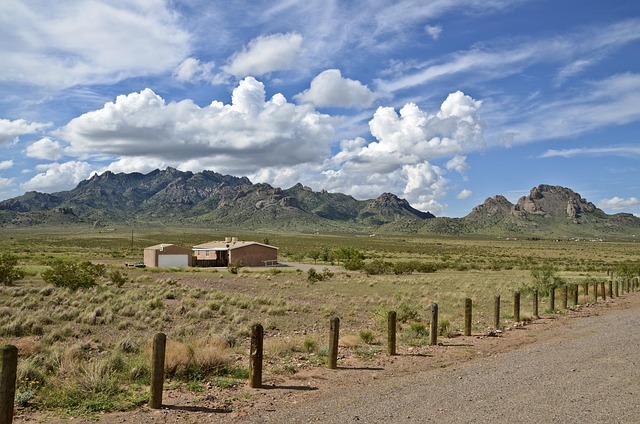


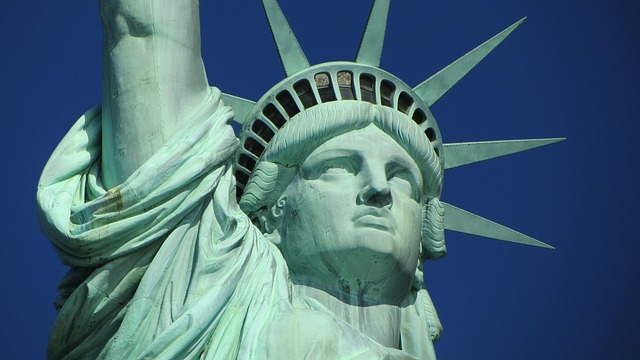


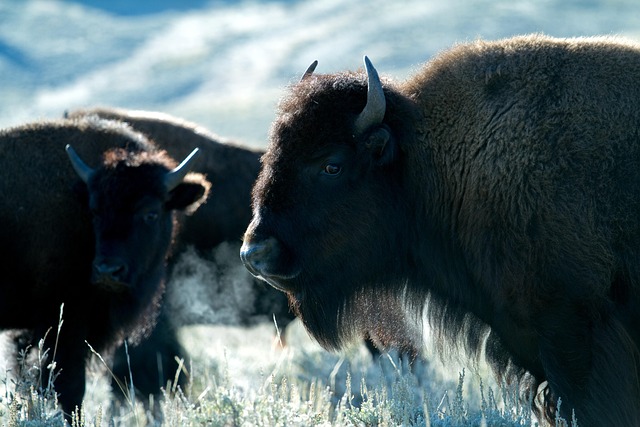

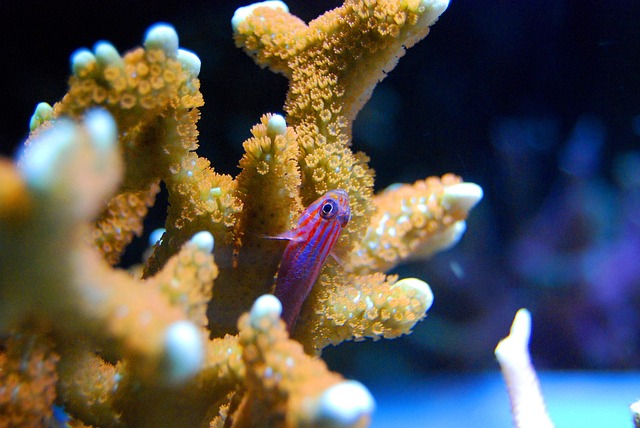



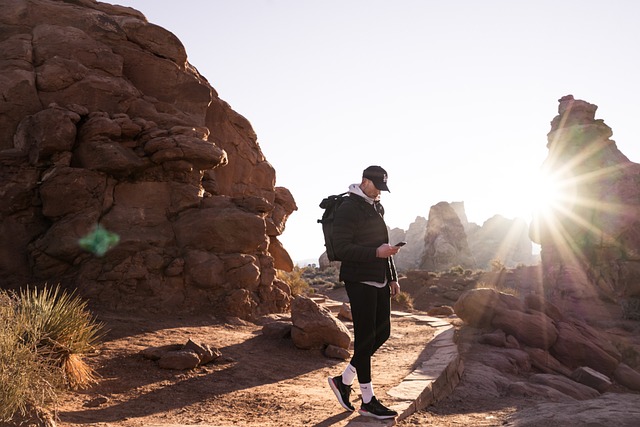

 Paynes Prairie Preserve State Park
Paynes Prairie Preserve State Park 
 Health
Health  Fitness
Fitness  Lifestyle
Lifestyle  Tech
Tech  Travel
Travel  Food
Food  Education
Education  Parenting
Parenting  Career & Work
Career & Work  Hobbies
Hobbies  Wellness
Wellness  Beauty
Beauty  Cars
Cars  Art
Art  Science
Science  Culture
Culture  Books
Books  Music
Music  Movies
Movies  Gaming
Gaming  Sports
Sports  Nature
Nature  Home & Garden
Home & Garden  Business & Finance
Business & Finance  Relationships
Relationships  Pets
Pets  Shopping
Shopping  Mindset & Inspiration
Mindset & Inspiration  Environment
Environment  Gadgets
Gadgets  Politics
Politics 